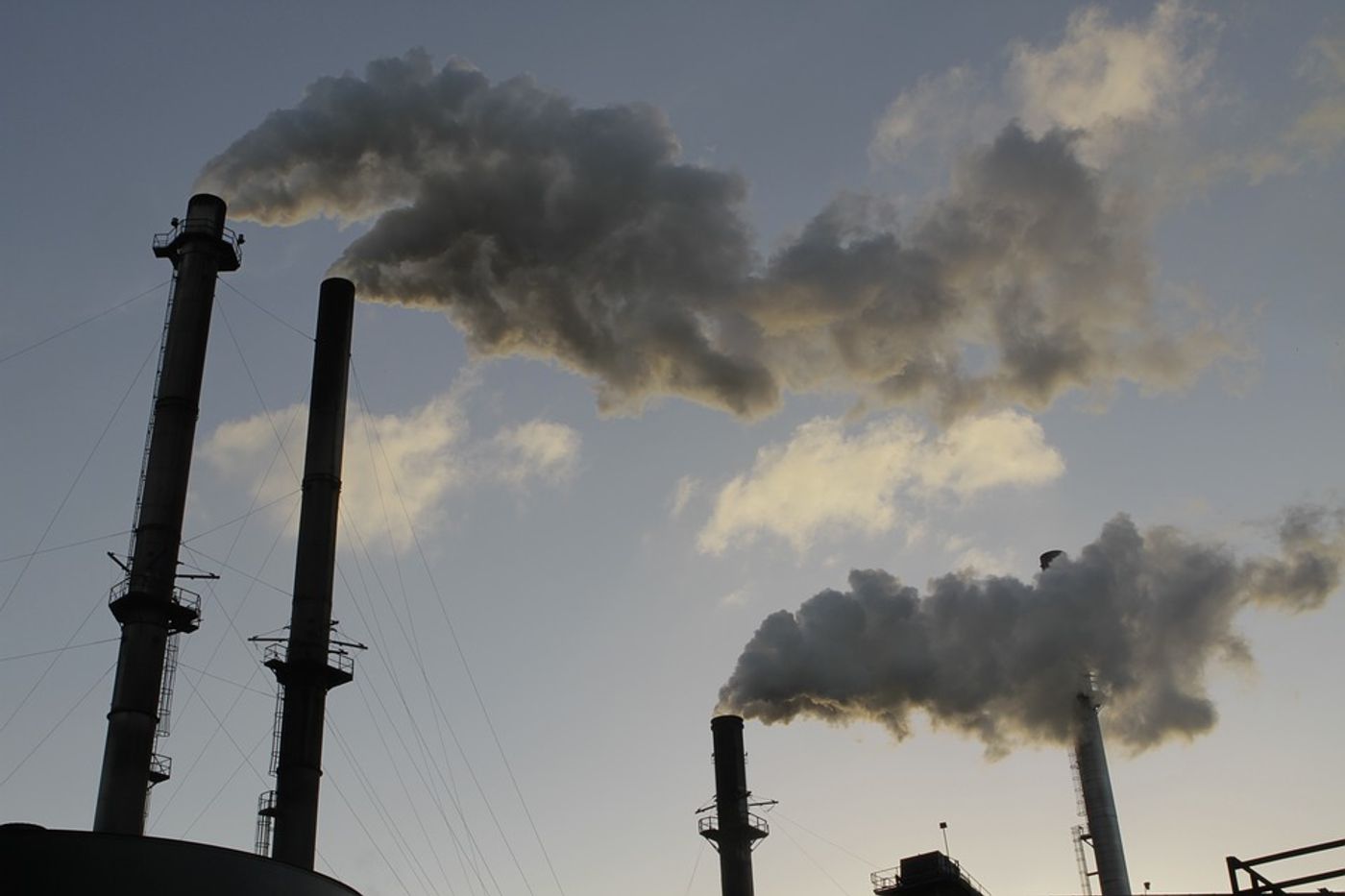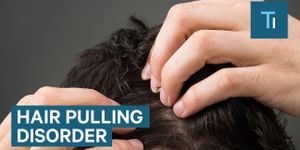How Smoke Damages Developing Embryos
Smoke from factories, incinerators, and cigarette smoke contains chemicals that can disrupt the crucial early stages of the developing embryo. New research by scientists at the Francis Crick Institute investigated how chemicals that activate the aryl hydrocarbon receptor (AhR) impacted mouse embryos and stem cells. Publishing in Stem Cell Reports, they observed serious detrimental effects.
AhR is usually turned on and off by the body’s natural functions, but it can remain switched on in the body because of exposure to aryl hydrocarbons made by incomplete combustion or industrial processes. Activating AhR in pregnant mice caused an adverse effect on the development of their embryos at very early stages.
Embryos carried to term after exposure to aryl hydrocarbons often exhibit birth defects like cleft palate. More serious problems in a developing embryo may cause stillbirth or a miscarriage. The mechanism that underlies such problems has not been known, however, until now. This work has indicated that aryl hydrocarbons disrupt the critical network that instructs cells in developing embryos about which type of cell to become.
"Cells in the early embryo all begin as 'totipotent' cells, meaning they can become any cell type in the body or placenta," explained the first author of the report, Dr. Manolis Gialitakis of the Francis Crick Institute. "The earliest choice that a cell makes is whether to become an embryonic stem cell or a cell type that will eventually form part of the placenta. Embryonic stem cells subsequently face the choice of whether to become cells that will form the yolk sac or those that give rise to the embryo.
"By analyzing embryonic stem cells and embryos at different stages of development, we found that aryl hydrocarbons affect both of these fundamental decisions. This, as well as other disruptions, led to a substantial proportion of embryos failing to develop at all, highlighting the crucial nature of these early differentiation decisions. Embryo development is incredibly complex, so the timing of every cell decision is key to successful development. We identified a wide range of proteins that interact with the aryl hydrocarbon receptor, which allowed us to map out the different processes that are affected when it is abnormally activated."
We are naturally exposed to low levels of AhR all the time, and it has a role in normal human health. However, we are also subjected to other sources of synthetic aryl hydrocarbons like dioxins; we don’t metabolize them and they can cause serious damage by sticking around in our bodies for a long time.
"It's striking to see how fundamentally these chemicals can alter embryo development," noted Dr. Gialitakis. "As they are found in tobacco smoke, this could help to explain how smoking can lead to birth defects and lower fertility rates. As these chemicals can stay in the body for a long time, smokers who want to have children should consider quitting several months before trying to conceive."
"We already know that AhR acts as a vital control center to maintain our immune defenses, particularly in our intestines, lungs, and skin. This latest study builds on our knowledge and shows that exposure of stem cells to AhR activation, particularly if prolonged and non-physiological, plays a detrimental role in the earliest days of embryo development,” commented the senior author, Dr. Brigitta Stockinger of the Francis Crick Institute. “We are now looking at the consequences of transient AhR activation by physiological ligands compared with prolonged activation by chemicals that are difficult to metabolize."
The Lancet is concerned that pollution has been disastrous to human health around our planet.
Sources: Phys.org via The Francis Crick Institute, Stem Cell Reports









